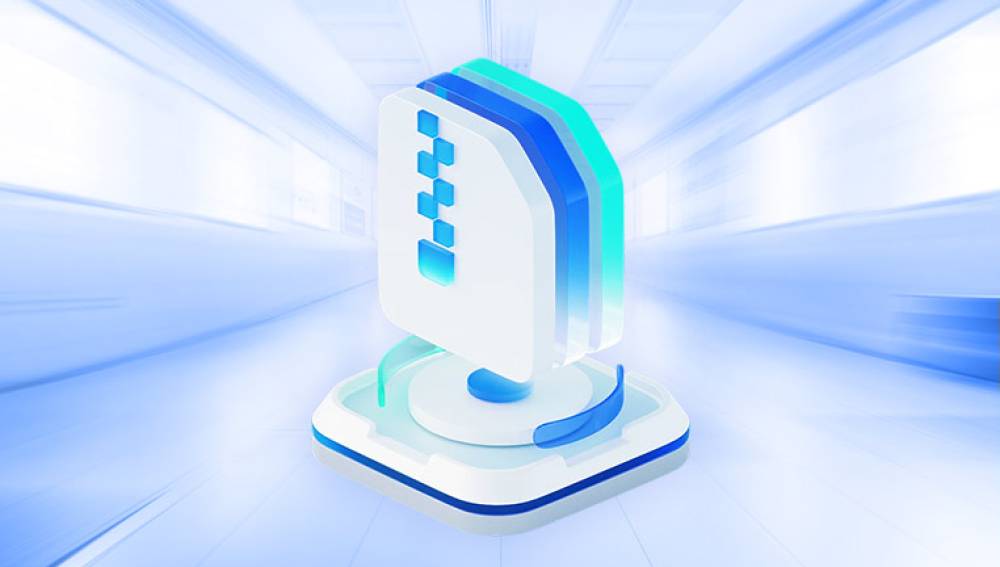Recovering data from an HP computer involves a series of steps that can vary depending on the nature of the issue. Whether you're dealing with accidental deletion, hardware failure, or software corruption, here’s a comprehensive guide to help you through the process:
1. Identify the Problem
Before starting the recovery process, determine the nature of the issue. Common problems include:
Accidental Deletion: Files or folders that were unintentionally removed.
Hardware Failure: Issues with hard drives or other components.
Software Corruption: Problems with the operating system or applications.
Virus or Malware: Malicious software causing data loss or corruption.

2. Check for Backups
Before attempting data recovery, check if you have any backups:
Windows Backup: If you’ve set up Windows Backup, you can restore your files from there.
Cloud Storage: Services like OneDrive, Google Drive, or Dropbox may have copies of your files.
External Backup Drives: Check any external drives or network-attached storage (NAS) devices.
3. Use Windows File History
If you’ve enabled File History on your HP computer, you can recover previous versions of files:
Open Control Panel: Go to Control Panel > System and Security > File History.
Select Restore Personal Files: Browse through the file versions and select the ones you want to restore.
Restore Files: Click the green button to restore the selected files.
4. Check the Recycle Bin
If you accidentally deleted files, they might still be in the Recycle Bin:
Open Recycle Bin: Double-click the Recycle Bin icon on your desktop.
Search for Files: Browse or search for the files you need.
Restore Files: Right-click the files and select “Restore” to return them to their original location.
5. Use Data Recovery Software
If files are not in the Recycle Bin or File History, data recovery software can help:
Choose Software: Popular data recovery programs include Recuva, EaseUS Data Recovery Wizard, and Disk Drill.
Install and Run: Download and install the software on a different drive to avoid overwriting data.
Scan for Lost Files: Launch the software and select the drive to scan for recoverable files.
Preview and Recover: After the scan, preview the files and select the ones you want to recover. Save the recovered files to a different drive to prevent overwriting.
6. Use Windows System Restore
If system files or settings are corrupted, System Restore can revert your system to a previous state:
Access System Restore: Search for “System Restore” in the Windows search bar and select “Create a restore point.”
Open System Restore: Click on “System Restore” and follow the prompts.
Choose a Restore Point: Select a restore point from before the issue began and proceed with the restoration.
7. Perform a Hard Drive Diagnostic
If you suspect hardware issues, run a diagnostic test:
HP Hardware Diagnostics: Restart your HP computer and press F2 during startup to enter the HP Hardware Diagnostics menu.
Run Diagnostics: Follow the on-screen instructions to test your hard drive and other components.
Check Results: Review the results to identify any hardware failures.
8. Repair Corrupted Files
For files that are corrupted but still present, you can attempt to repair them:
For Documents: Use built-in repair tools in applications like Microsoft Word or Excel.
For Media Files: Tools like VLC Media Player can repair some corrupted video and audio files.
9. Recover from a System Image Backup
If you created a system image backup, you can restore your entire system:
Access Backup and Restore: Go to Control Panel > System and Security > Backup and Restore (Windows 7).
Restore System Image: Select “Restore my computer using a system image that I created earlier” and follow the instructions.
10. Use Command Prompt for Advanced Recovery
For advanced recovery options, you can use Command Prompt:
Open Command Prompt: Search for “cmd” and select “Run as administrator.”
Use CHKDSK Command: Type chkdsk /f /r followed by the drive letter (e.g., chkdsk C: /f /r) and press Enter. This checks and repairs disk errors.
Use SFC Command: Type sfc /scannow and press Enter to scan and repair system files.
11. Consult a Professional Data Recovery Service
If the above methods do not work, consider consulting a professional data recovery service. They have specialized tools and expertise to recover data from severely damaged or corrupted drives.
12. Prevent Future Data Loss
To minimize future data loss, consider these preventative measures:
Regular Backups: Use Windows Backup or third-party backup solutions to regularly back up your data.
Cloud Storage: Utilize cloud storage services for real-time backups and version control.
Antivirus Protection: Keep your system protected with up-to-date antivirus software to prevent malware infections.
Regular Maintenance: Perform regular system maintenance, including disk cleanup and defragmentation, to keep your system running smoothly.




